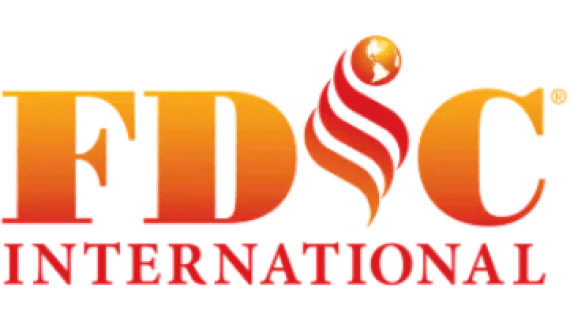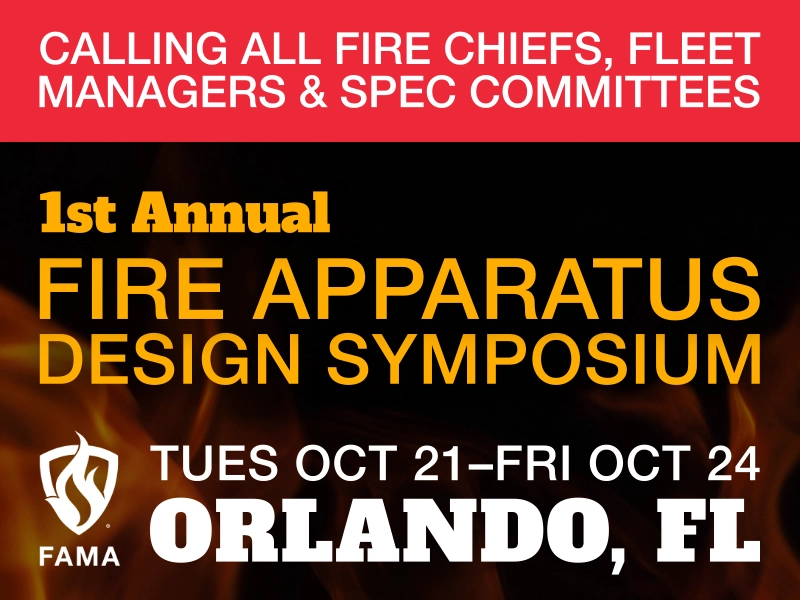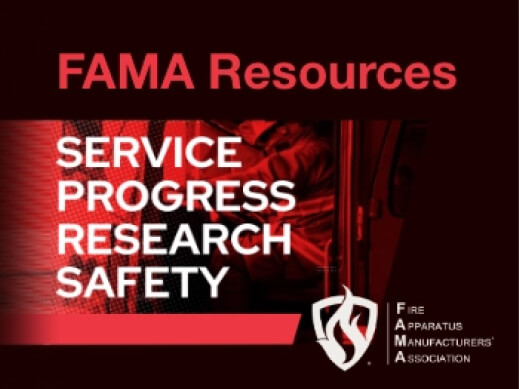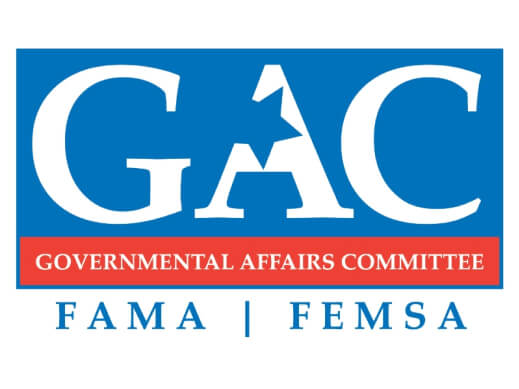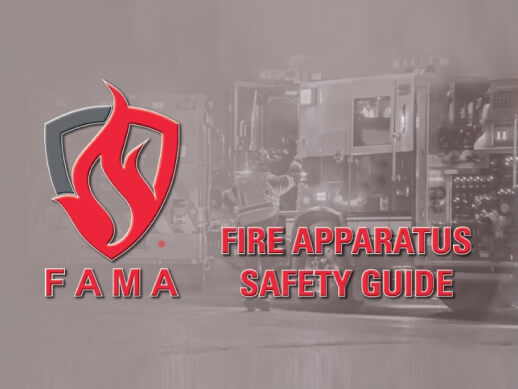Wildland fire apparatus design and production have changed drastically, as have all apparatus with the ever-advancing automobile industry. Over the span of the past few decades, the standard has moved from repurposed trucks to engineered, precision wildland fire apparatus. Today, members of the Fire Apparatus Manufacturers’ Association (FAMA) are taking the lead to design and manufacture the customers redefined definition of a wildland fire apparatus.
Something that was once similar in rudimentary design across all departments is now being individually designed and built to meet the needs of individual departments. Precision engineering has allowed the trucks to not only be more capable on scene but also safer for the men and women operating the trucks. FAMA members are building custom trucks that meet or exceed National Fire Protection Association (NFPA) 1906, Standard for Wildland Fire Apparatus, a key factor in ensuring firefighter safety. Designing a wildland fire apparatus today encompasses three major design stages: department needs assessment; design for performance; and, most important, design for safety.
NEEDS ASSESSMENT
Today it is common to find a wildland fire apparatus being outfitted with equipment to respond to many different situations, few of which involve brush fires. In addition to wildland firefighting equipment, they frequently carry equipment to respond to medical calls, motor vehicle accidents, and other urban emergency situations. The increased need for additional equipment requires a more custom approach to the design and layout of the truck. Regardless of the specific body design, a wildland fire apparatus provides a very small footprint to work with. FAMA members have designed many body types and variations that allow for maximum use of available space. The options for customized storage start in the cab with self-contained breathing apparatus and emergency medical services storage and extend all the way to the rear of the truck, making use of all available space along the way. All departments have established unique methods to accomplish their jobs, therefore their apparatus should be built to meet their unique needs.
Note that the equipment allowances from NFPA 1906 are significantly lower than those given in NFPA 1901, Standard for Automotive Fire Apparatus. If the apparatus is to have a multifunction role, then it is likely that a higher weight allowance should be specified.
DESIGN FOR PERFORMANCE
Just as the departments have unique methods, so too do the manufacturers. Fire apparatus manufacturers and their respective design staffs must work diligently to keep up with ever-changing regulations, model changes, and innovations. Fire departments and sales teams may be able to easily configure a truck over a laptop, but behind the scenes there is a team of people figuring out how to take those ideas and efficiently build them in the fabrication shop. Wildland fire apparatus manufacturers are now building trucks that are designed to operate in extreme off-road conditions. Therefore, they must design the components on the trucks to stand up to the abuse they are expected to receive in the field. When building a wildland fire apparatus from the ground up, all components from the subframe to the compartment hinges must be designed for use in the firefighting industry. The components should be designed in such a way that they are efficient in production, ergonomic for the department, and safe for the operators throughout the life of the truck.
New materials used in apparatus construction have allowed for industry advancements but have brought with them a host of speedbumps. For example, aluminum bodies are now common in wildland fire apparatus manufacturing. Compared with steel bodies, they have reduced overall weight, allowing for more equipment and water to be carried on the trucks. Unfortunately, steel is a stronger material than aluminum, and this must be accounted for in the design process. This is not necessarily an issue, but rather an obstacle that can be overcome by innovative designs and engineering. Another factor that engineers must address is that these trucks can be expected to last well over a decade. Therefore, the components must be designed to function, with anticipated heavy abuse, for the life of the truck. Finally, manufacturers must find a balance in design between engineer recommendations and firefighter requests. The optimum layout for a department may not be the first choice of the engineers, so an equilibrium must be found. To accomplish this, a wildland fire apparatus should be built with the cooperation of a design team and the firefighters using the apparatus. The truck should be designed in such a way that it is structurally sound, functional, and safe for the men and women who will be using it.
DESIGN FOR SAFETY
The most important aspect of wildland fire apparatus design is safety. This encompasses a broad spectrum of design constraints from weight limits to step height requirements. In the design process, safety must be taken into consideration from start to finish. Weight reviews can sometimes be considered less important, but they are, in fact, important aspects of the design process. If a truck is built overweight, then the safety of the operators is at stake every single time the apparatus leaves the station.
Although there are many standards by which safety can be measured, the most frequently used in the wildland fire apparatus industry is NFPA 1906. Building a highly customized wildland fire apparatus to be compliant with NFPA 1906 is not impossible, just another obstacle in the design process. FAMA members incorporate safety into the designs of their trucks long before a customer receives a price quote. FAMA members work diligently to ensure that the products provided to their customers meet and exceed safety guidelines to ensure that the wildland fire apparatus can safely serve their communities for many years to come.
In today’s world, the design process of a wildland fire apparatus encompasses much more than deciding where a component is placed. Component placement is only a small part of the overall process. In order to produce the precision engineered apparatus that FAMA members build today, the wildland fire apparatus design process becomes a part of almost every task at their facilities. Every person that touches the trucks plays a very important role. Together with the departments, a wildland fire apparatus is a purpose-built apparatus designed with safety, functionality, and dependability in mind from start to finish.
Check out FAMA member companies that manufacture wildland apparatus at https://www.fama.org/members/list/.
FAMA is committed to the manufacture and sale of safe, efficient emergency response vehicles and equipment. FAMA urges fire departments to evaluate the full range of safety features offered by its member companies.
